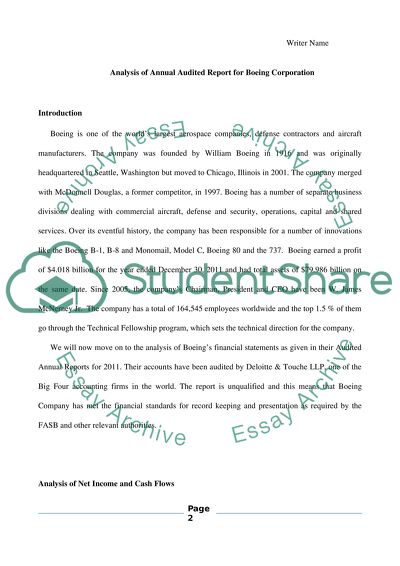Cite this document
(“Analysis of Annual Audited Report for Boeing Corporation Assignment”, n.d.)
Retrieved from https://studentshare.org/finance-accounting/1451123-financial-accounting-annual-report-project
Retrieved from https://studentshare.org/finance-accounting/1451123-financial-accounting-annual-report-project
(Analysis of Annual Audited Report for Boeing Corporation Assignment)
https://studentshare.org/finance-accounting/1451123-financial-accounting-annual-report-project.
https://studentshare.org/finance-accounting/1451123-financial-accounting-annual-report-project.
“Analysis of Annual Audited Report for Boeing Corporation Assignment”, n.d. https://studentshare.org/finance-accounting/1451123-financial-accounting-annual-report-project.


